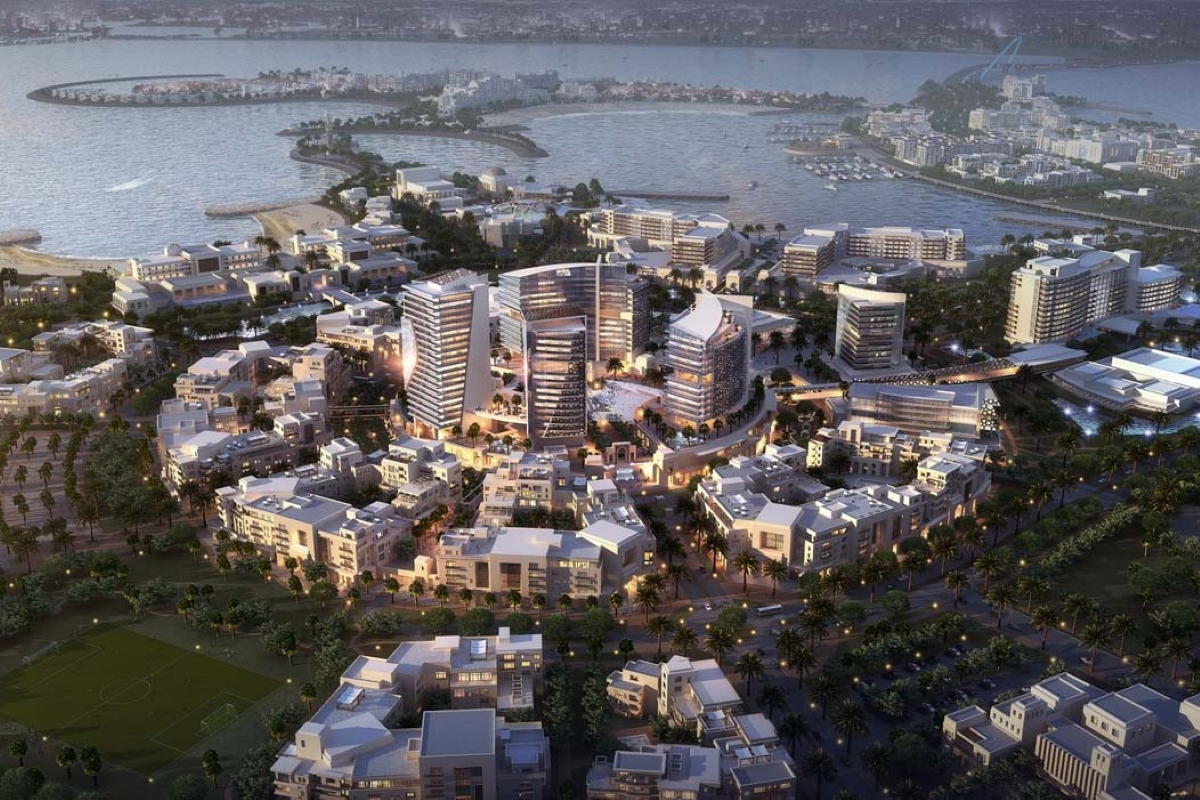Visiting Thailand? The Government Covers Your Medical Bills for Accidents
Skift Take
Thailand on Monday announced the extension of its free insurance scheme for international tourists until the end of 2024. This initiative provides international tourists with medical coverage of up to THB 500,000 ($13,650) for accidents or natural disasters.
Earlier this year, the Thai government introduced the scheme with a budget of THB 50 million ($1.4 million) to cover medical expenses for tourists. The policy includes compensation of up to THB 1 million ($27,300) in the event of death, and up to THB 300,000 ($8,187) for incidents resulting in loss of organs or permanent disabilities.
The scheme was originally set to expire in August and has now been extended until December 31.
Rising Medical Costs
Thailand, a popular destination among backpackers and adventure enthusiasts, has faced challenges with tourists incurring substantial medical bills due to inadequate insurance coverage.
Through this insurance scheme tourists would be allowed to claim medical expenses within 15 days of an incident and the compensation is expected to be paid within 15 days thereafter.
While introducing the scheme in February this year, the tourism ministry had also launched the “Thailand Traveler Safety” system, enabling foreign tourists to register online for protection and coverage prior to entering the country.
The extension of this scheme comes in the wake of reports highlighting the need for comprehensive medical coverage for tourists. In December 2023, an Irish tourist hospitalized with sepsis and kidney failure after a mosquito bite faced a THB 6.6 million ($180,131) medical bill.
Tourism Target
Thailand aims to generate THB 3.5 trillion ($96 billion) in revenue this year, with THB 2.5 trillion ($68 billion) expected from international tourists. The country is working towards creating a new tourism ecosystem focused on high-value experiences and sustainable tourism, with a goal of having the industry account for 25% of GDP by 2027.
In 2023, international arrivals reached 28 million, still below the pre-pandemic record of 39.8 million. This year, Thailand aims to have 40 million foreign tourists.
In a bid to attract more tourists, Thailand recently announced a slew of visa measures. Earlier this month, the government also scrapped a proposal to impose a THB 300 ($8.20) tourism fee on international tourists arriving by air.
At the time of announcing the tourism fee the Thai government had said it intended to use the revenue from this fee to fund the tourism insurance scheme and alleviate its financial burden. The government has said it spends approximately THB 300 million-400 million ($8.2 million-$11 million) annually on healthcare for injured tourists.
Fighting Overtourism
However, alongside its ambitious goal of attracting 40 million tourists, Thailand faces the significant challenge of overtourism. Popular destinations like Bangkok, Phuket, and Chiang Mai often experience overcrowding, leading to strain on local infrastructure, environmental degradation, and diminished tourist experiences.
To avoid the pitfalls of overtourism, Thai Prime Minister Srettha Thavisin recently called on governors of 55 second-tier tourist provinces and Thai tourism authorities to develop infrastructure and tourism offerings in these areas.
As part of the “Ignite Thailand” vision, Thavisin emphasized the importance of promoting travel linkages between well-established and second-tier destinations. This strategy aims to distribute tourist crowds more evenly across the country, reducing pressure on popular hotspots while spreading the economic benefits of tourism to less-visited areas.





